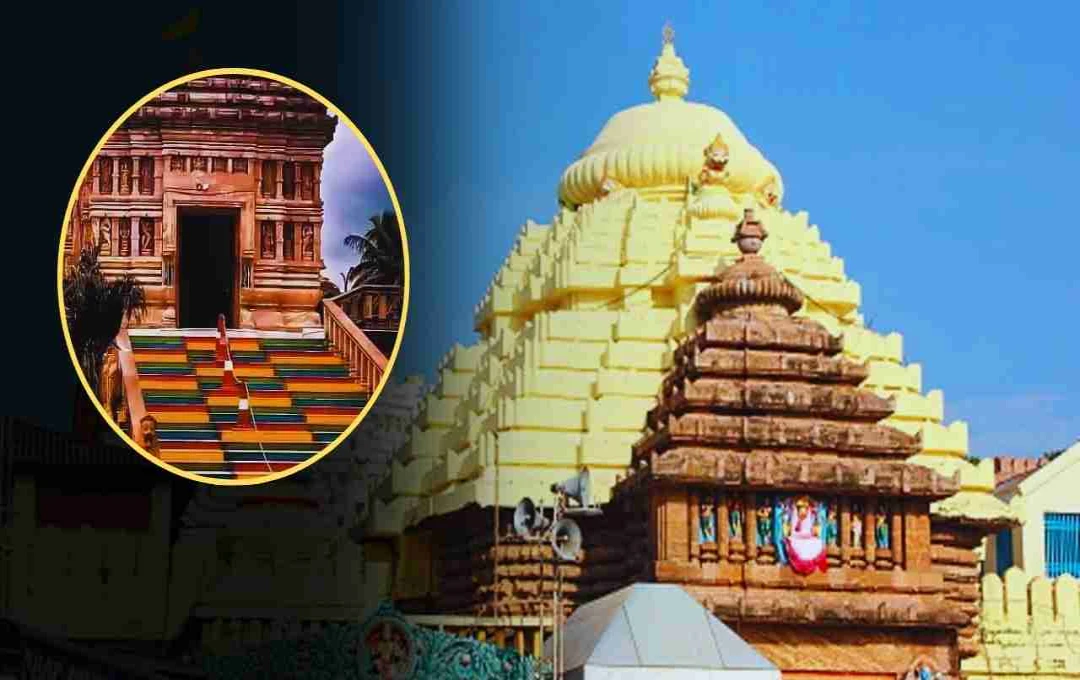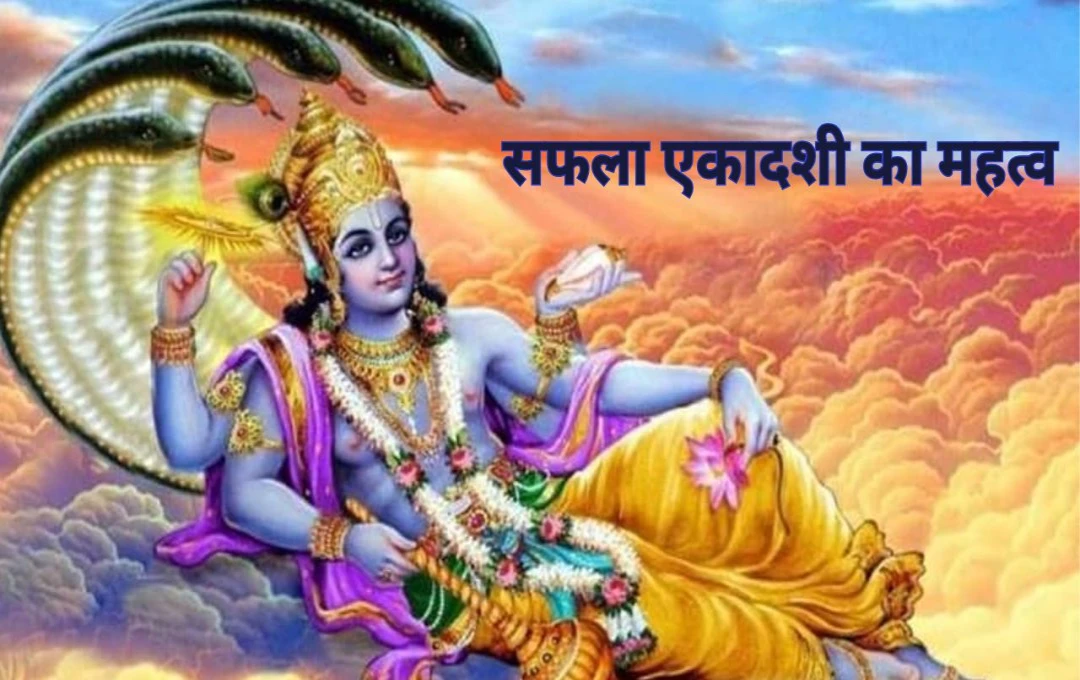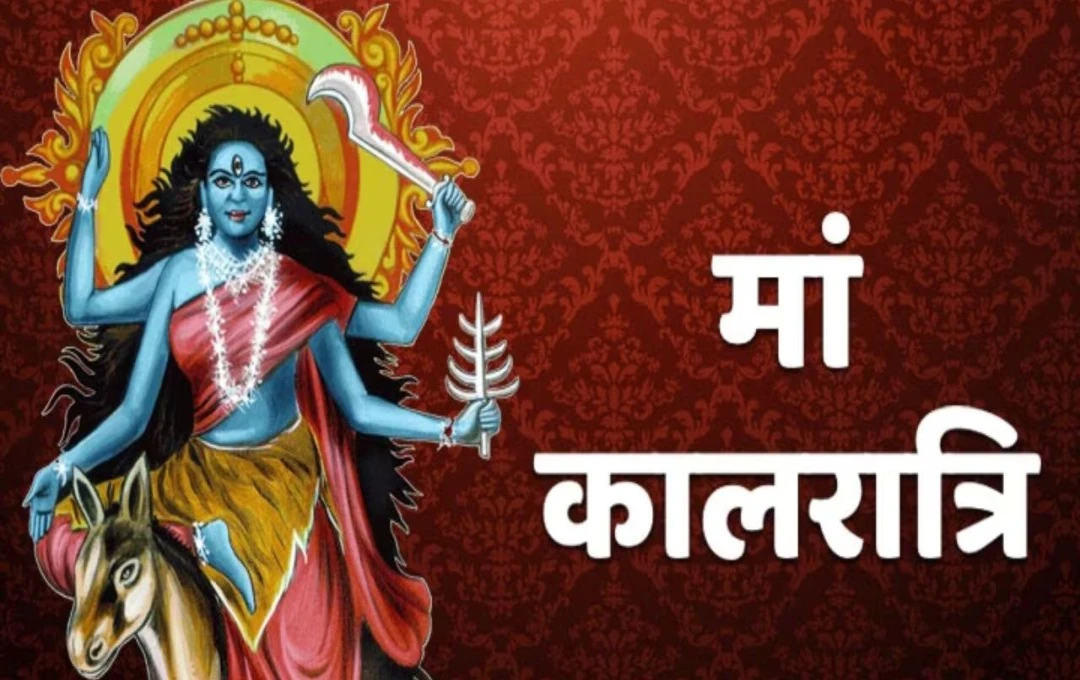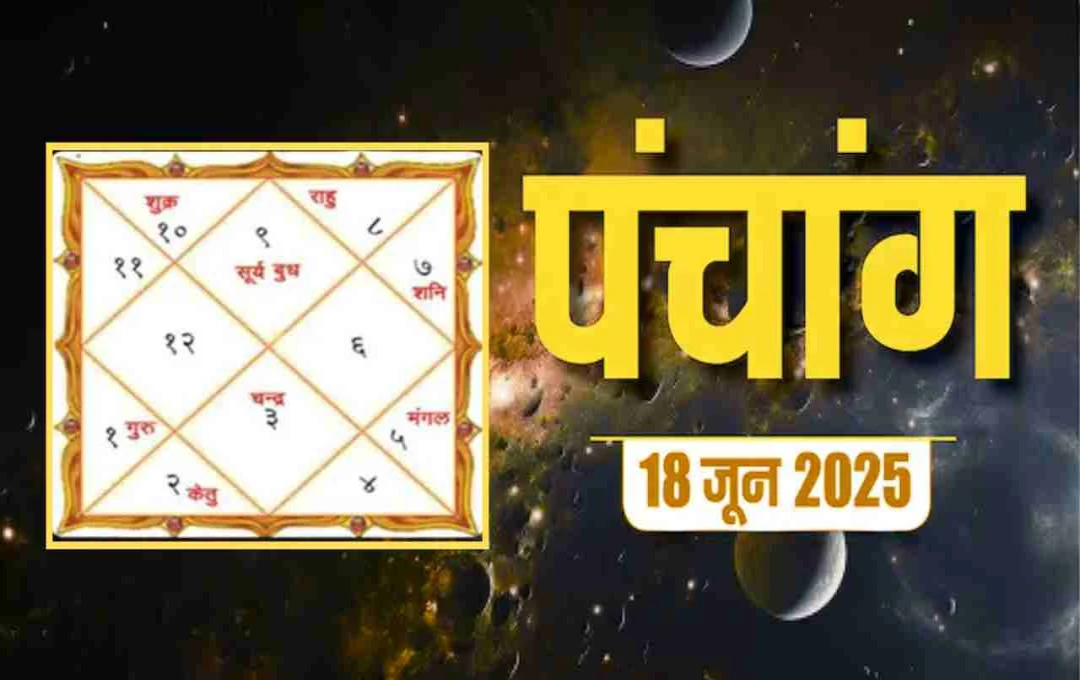The Sri Jagannath Temple in Puri, Odisha, is one of India's oldest and most enigmatic temples. It is not only an architectural marvel but also a center of spiritual mysteries and unique traditions. Every year, millions of devotees come to see Lord Jagannath, but few know that stepping on the third step of the temple is forbidden. This is not a simple prohibition; a profound spiritual and mythological secret lies behind it, linked to Yama, the god of death.
22 Steps, But Why is the Third Step Special?
The Sri Jagannath Temple in Puri has a total of 22 steps leading from the main entrance to the sanctum sanctorum. These steps symbolically represent different stages of life and spiritual progress. However, the third step, known as 'Yameshila,' holds special significance. Legend holds that stepping on this step does not lead to sin, but rather to a journey to Yama Loka (the abode of the dead).
Yama and Lord Jagannath's Meeting
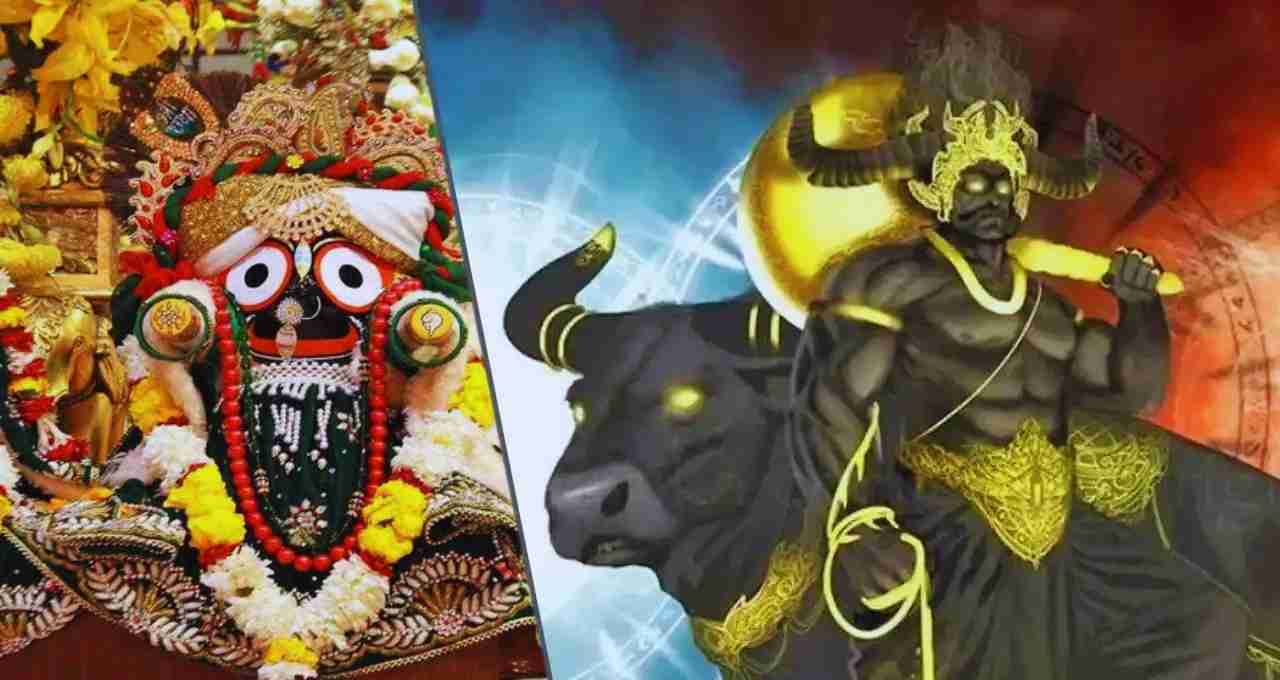
According to mythological accounts, Yama once visited Lord Jagannath in Puri. He posed a question: 'Those who see you have all their sins erased. Then, who will come to my realm (Yama Loka)?' Yama's concern stemmed from the fear that those attaining salvation would no longer be under his dominion.
Hearing Yama's query, Lord Jagannath granted him a special place. He said, 'You shall reside on the third step of the temple. This step will be known as Yameshila. Any devotee who steps on this step after seeing me will go to Yama Loka. Therefore, this step serves as a warning to devotees that if they desire salvation, they must avoid stepping on this stone.'
The Spiritual Significance of the Third Step
The third step is viewed as a symbol of Yama. It serves as a warning that an individual walking the path of ignorance, ego, and wrongdoing, regardless of the number of religious visits, will inevitably face death if they do not adhere to wisdom and righteousness.
Why Not Step After Darshan?
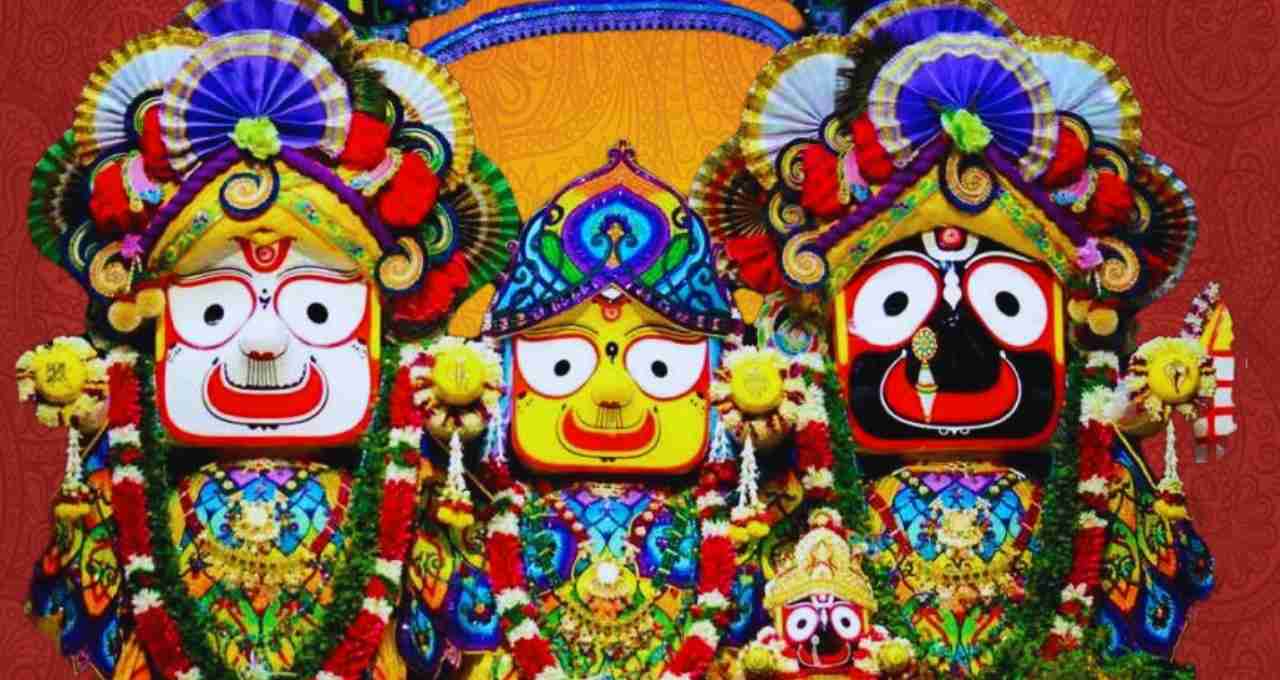
After seeing the Lord, a devotee's mind, body, and soul are considered purified. It is believed that stepping on Yameshila could negate this purity, potentially trapping the individual in the cycle of karma again. Therefore, instead of stepping on the third step, devotees either step over it or bow their heads in respect.
An Interesting Scientific Perspective
From a perspective of spiritual energy, ascending each step of the temple elevates the body's energy level. Stopping or touching the third step might disrupt this energy balance. Ancestors may have understood this through experience and given it a religious connotation.
Life's Lessons Hidden in Temple Traditions
The Jagannath Temple is not merely a religious site; it also reflects the profound mysteries of human life and death. Every tradition and symbol holds significance. The belief surrounding the third step teaches us the need for vigilance on the path to salvation. Salvation is not achieved solely through religious visits, but through devotion, restraint, and adherence to the principles of righteous living.
The third step of the Jagannath Temple is not just an ordinary stone; it is a warning, guidance, a sign of the balance between life and death. It teaches us that the path to salvation is opened not only through outward worship but through self-reflection, wisdom, and adherence to dharma. Devotees who understand this warning see Yameshila not merely as a step, but as a test of meditation, devotion, and self-awareness.
